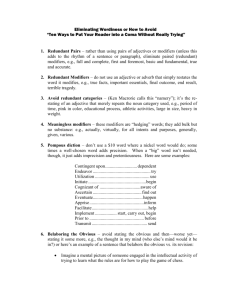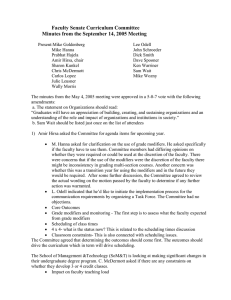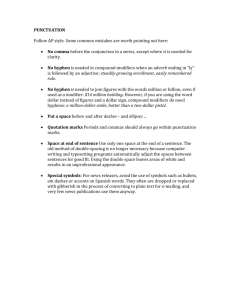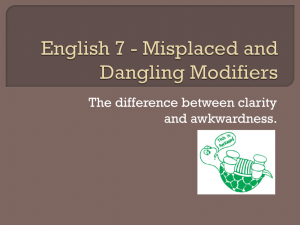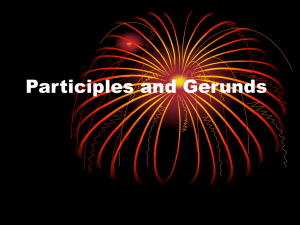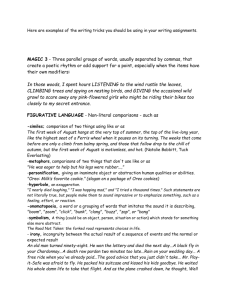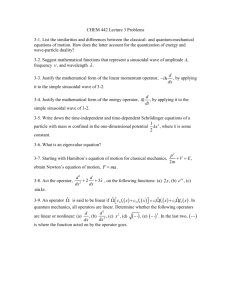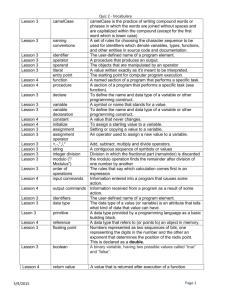NATURAL INTERACTION WITH VIRTUAL OBJECTS
advertisement
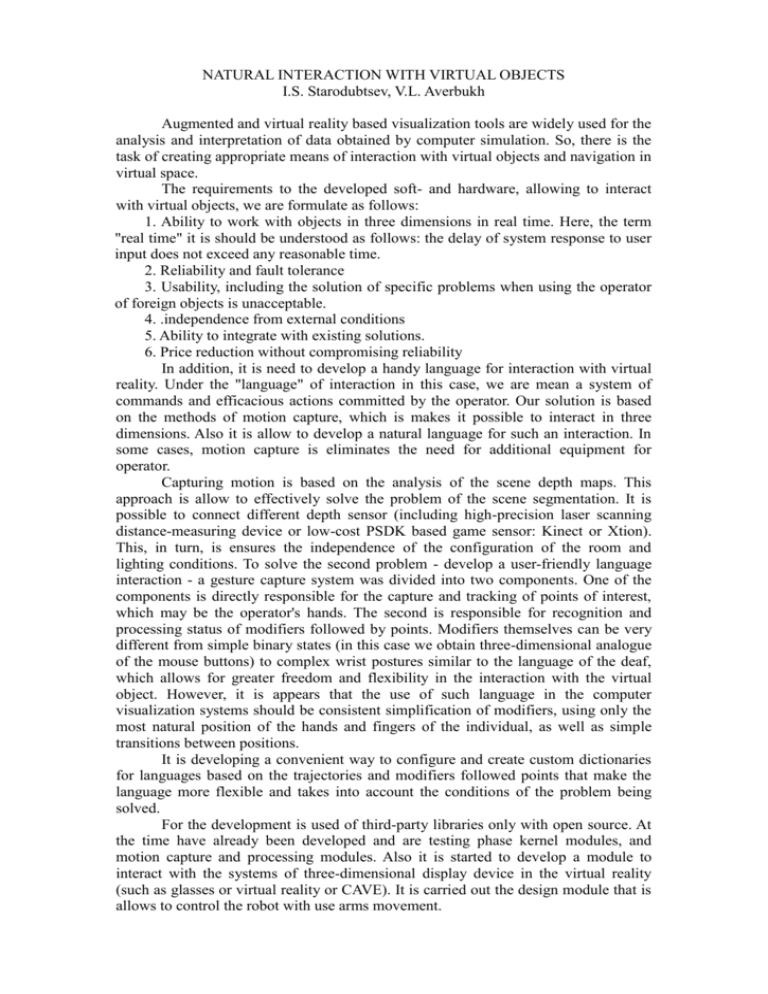
NATURAL INTERACTION WITH VIRTUAL OBJECTS I.S. Starodubtsev, V.L. Averbukh Augmented and virtual reality based visualization tools are widely used for the analysis and interpretation of data obtained by computer simulation. So, there is the task of creating appropriate means of interaction with virtual objects and navigation in virtual space. The requirements to the developed soft- and hardware, allowing to interact with virtual objects, we are formulate as follows: 1. Ability to work with objects in three dimensions in real time. Here, the term "real time" it is should be understood as follows: the delay of system response to user input does not exceed any reasonable time. 2. Reliability and fault tolerance 3. Usability, including the solution of specific problems when using the operator of foreign objects is unacceptable. 4. .independence from external conditions 5. Ability to integrate with existing solutions. 6. Price reduction without compromising reliability In addition, it is need to develop a handy language for interaction with virtual reality. Under the "language" of interaction in this case, we are mean a system of commands and efficacious actions committed by the operator. Our solution is based on the methods of motion capture, which is makes it possible to interact in three dimensions. Also it is allow to develop a natural language for such an interaction. In some cases, motion capture is eliminates the need for additional equipment for operator. Capturing motion is based on the analysis of the scene depth maps. This approach is allow to effectively solve the problem of the scene segmentation. It is possible to connect different depth sensor (including high-precision laser scanning distance-measuring device or low-cost PSDK based game sensor: Kinect or Xtion). This, in turn, is ensures the independence of the configuration of the room and lighting conditions. To solve the second problem - develop a user-friendly language interaction - a gesture capture system was divided into two components. One of the components is directly responsible for the capture and tracking of points of interest, which may be the operator's hands. The second is responsible for recognition and processing status of modifiers followed by points. Modifiers themselves can be very different from simple binary states (in this case we obtain three-dimensional analogue of the mouse buttons) to complex wrist postures similar to the language of the deaf, which allows for greater freedom and flexibility in the interaction with the virtual object. However, it is appears that the use of such language in the computer visualization systems should be consistent simplification of modifiers, using only the most natural position of the hands and fingers of the individual, as well as simple transitions between positions. It is developing a convenient way to configure and create custom dictionaries for languages based on the trajectories and modifiers followed points that make the language more flexible and takes into account the conditions of the problem being solved. For the development is used of third-party libraries only with open source. At the time have already been developed and are testing phase kernel modules, and motion capture and processing modules. Also it is started to develop a module to interact with the systems of three-dimensional display device in the virtual reality (such as glasses or virtual reality or CAVE). It is carried out the design module that is allows to control the robot with use arms movement.
